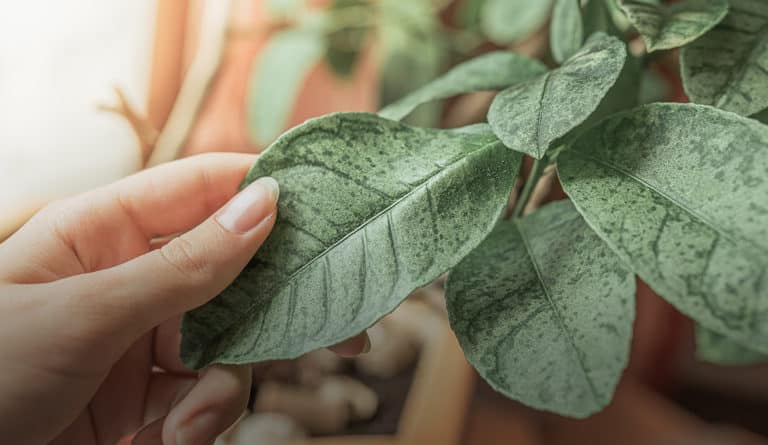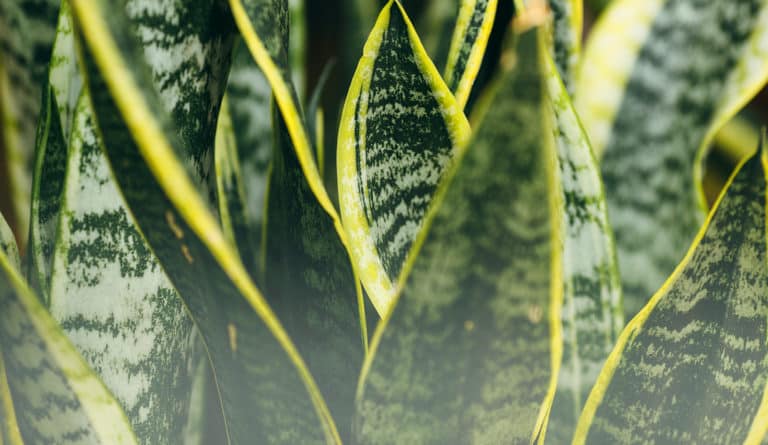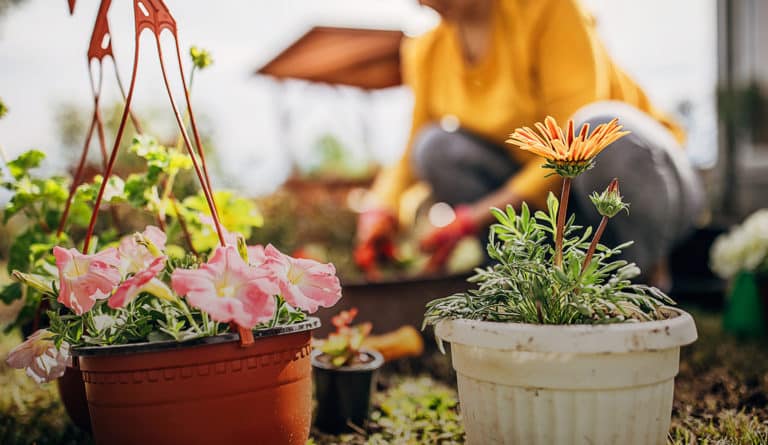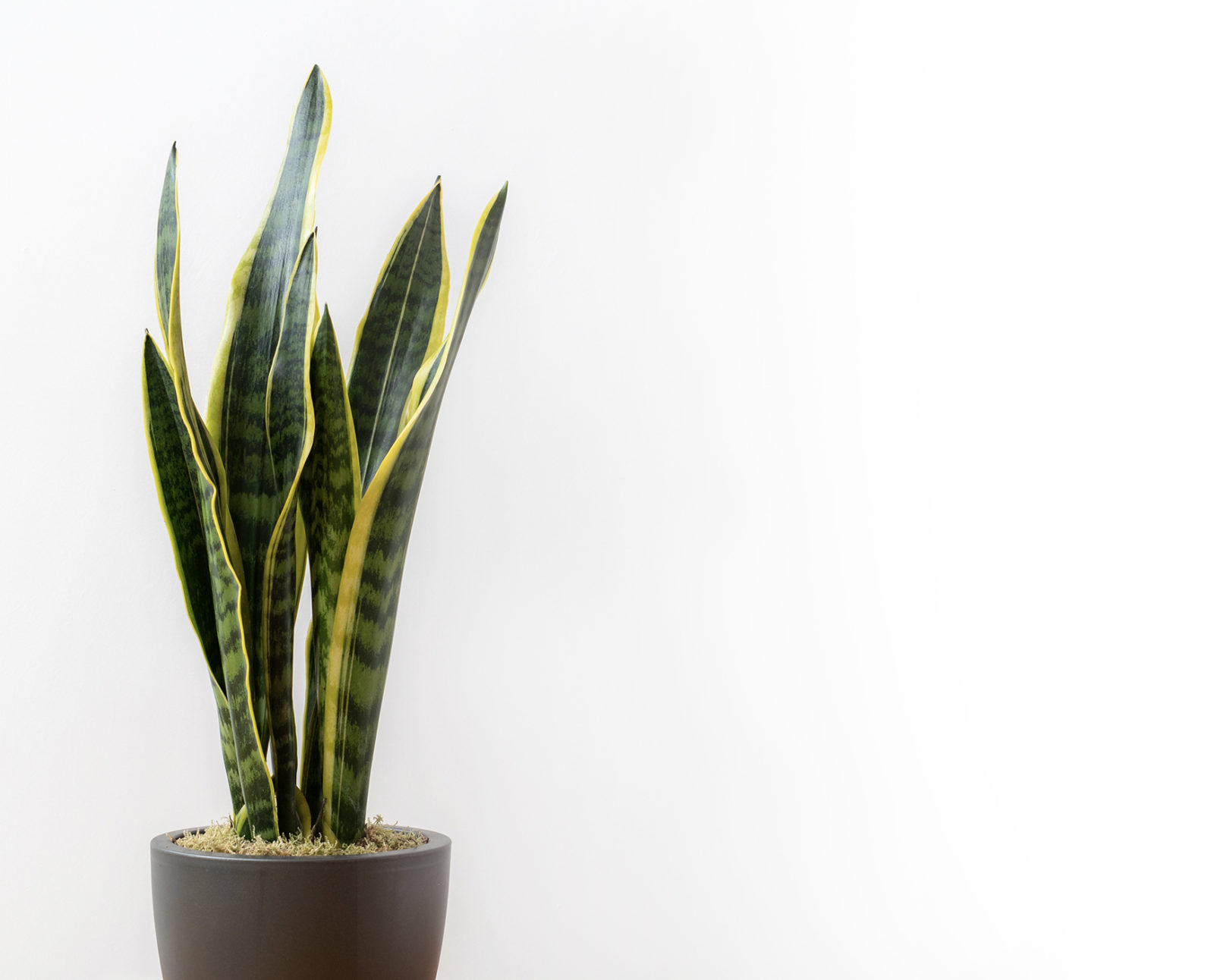
snake plant
aka sansevieria trifasciata, dracaena trifasciata, mother-in-law’s tongue, tigers tail
Nobody should be afraid of this snake! They’re bright, cheery and so easy to care for that many indoor gardeners describe them as “unkillable”. Let’s explore this Canada-wide favourite. Description: stiff, swordlike leaves / virtually indestructible / west Africa / tropical savannah / Recently learned to not be a part of the sansevieria family but in fact part of the dracaena family.
variations
There are something like 70 types of snake plant varieties, some are colour variations, others are different shapes and sizes. Some variations trfaciata black gold, robusta, elensis, zeylanca, Shark fin, whale fin, black coral, whitney, white owl, birds nest, rhino grass, cylinder snake plant as well as many others.
light
flexible
Snake plants adapt to most light conditions. These desert plants love bright light and even some direct sun. But they can also deal with low light. Leaf colours may change according to light conditions.
water + feeding
allow soil to dry between watering
Allow the top inch or two to dry out completely before watering again. Do not overwater. Feed once a month during spring and summer.
toxic
mildly toxic to humans and pets
Ingestion can cause mouth, stomach irritation and possible vomiting. Possible skin irritation when handling sap.
location
flexible
This tough plant thrives almost everywhere. It likes heat put can handle most temperatures, even drafts or dry air.
humidity
again, flexible
Snake plants do like the occasional misting, but they are so tough and cool that it’s not necessary.
size
small to medium
Some species stay desktop size, around a foot tall, and some are more floor models that grow over 3 feet tall. Check with your plant shop to confirm how big a snake you’re buying.
pro tip
use a heavier planter
Snake plants shoot their sword-like leaves skyward. This makes them top heavy as they grow. A heavier pot with a broad base will help prevent tipping.
fun fact
the night purifier
Most plants release oxygen during the day. The Snake’s desert lineage makes it one of the rare plants that makes oxygen at night. It’s also recognized as a top air cleaning plant.
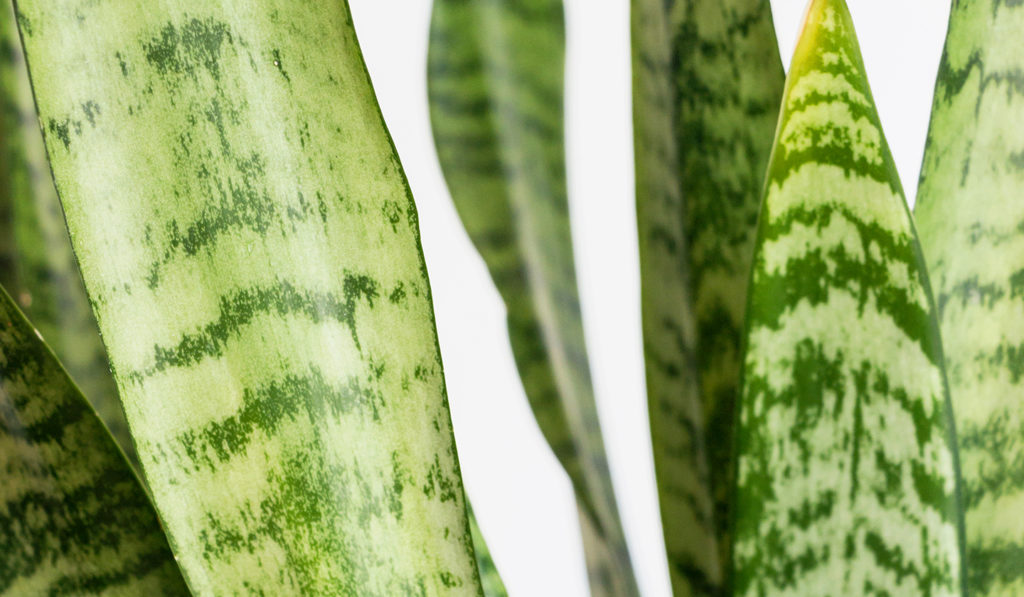
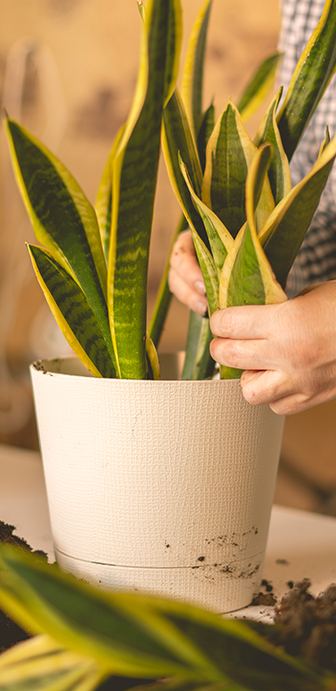
beyond the basics
-
soil & potting
It’s a desert plant, so use a light, well-draining potting soil like Miracle-Gro Cactus, Palm and Succulent Potting Mix. Or, use regular potting soil and add some potting sand or perlite. A layer of sand on the top will help prevent rot. Ensure the pot has good drainage. Snakes should never sit in water. Empty drainage trays if you see water collecting.
-
when to repot
Every 2 to 3 years in the Spring, especially in the earlier years. Increase the pot size by 2 inches each repotting. In later years you can replace the top couple inches of soil instead of completely repotting. Snake growing too fast? Slow the growth by trimming the roots.
-
propagation
Grab a sharp knife or scissors, find one of the healthiest leaves, and cut it off at the base of the plant. Then cut the leaf into multiple horizontal strips (about 3 inches each). Let the ends dry for two days then put them in water to stimulate root growth. This step could take 2 to 3 weeks. When you’ve got roots, you’re ready to pot.
-
pest control
Mealybugs are most common. When you do your regular dusting, inspect the leaves. Check out our Pest control section in Plant 101 for how to identify and deal with pests on your plant!
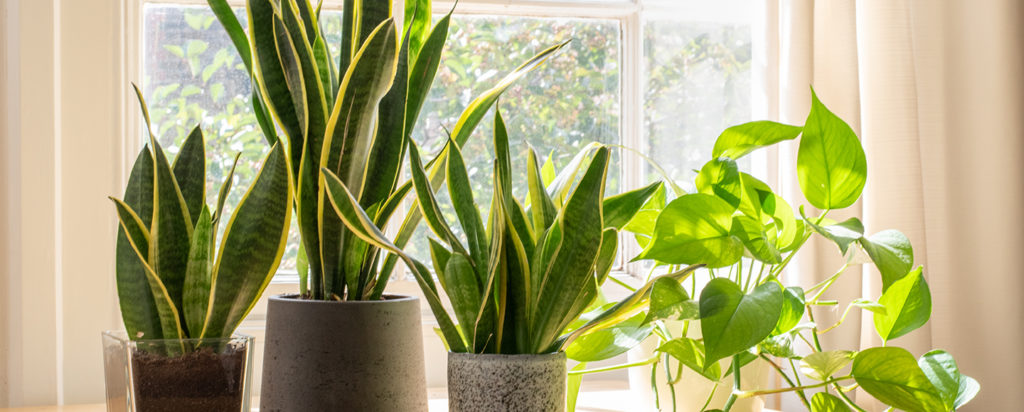
troubleshooting
-
why are the leaves falling sideways?
Multiple possibilities. All easily fixed. Firstly, this may not be a problem at all. Overly mature leaves naturally fall away to make room new growth. But if many leaves are falling over before their time, it’s probably over or under watering. If the soil is bone dry, add a moderate amount of water for a few days in a row. Then be more diligent with your watering routine. If the soil is soaked, check your drainage and let the soil fully dry before starting a better routine. Light issues: Snake plants do well in low light but if they’re getting no light leaves may start to keel over. Move into some nice, bright, indirect light. Other causes? Maybe your Snake plant has outgrown its pot. This can cause it to become root-bound. It’s time to repot in something at least 2 inches wider.
-
why do I have yellowing leaves?
Probably overwatering. Are the leaves also a bit mushy? These are signs of root rot. Not to worry, when caught early this is easily fixable. Reduce watering and ensure the soil dries out before watering. Check your pot’s drainage. Does it have a hole that allows excess water to escape? Help things dry by poking holes in the soil. This will get oxygen to the roots. You can also put the pot (with drainage holes) in a tray that’s lined with a layer of dry soil. It acts like a sponge to draw out extra moisture. Now, let’s check for root rot. Dig down and cut out any that look affected. If things are really bad, consider repotting entirely with new soil. For more information check out our Plant 101 section.
-
why does this snake have wrinkled leaves?
Under-watering. Check the soil. It’s probably bone dry. Instead of dousing it all at once. Give your Snake plant a medium amount of water three days in a row. Nice and easy. Make sure it’s never sitting in pools of water. Those droopy leaves should rebound by day three.

